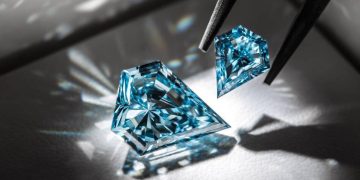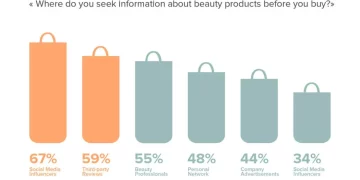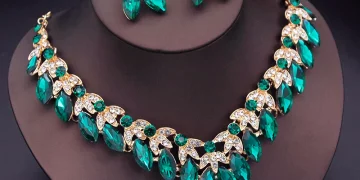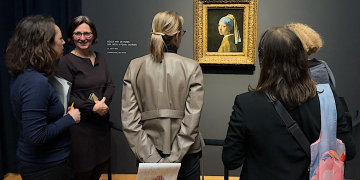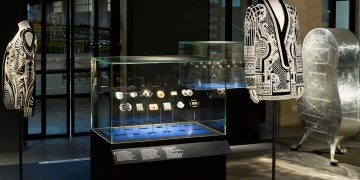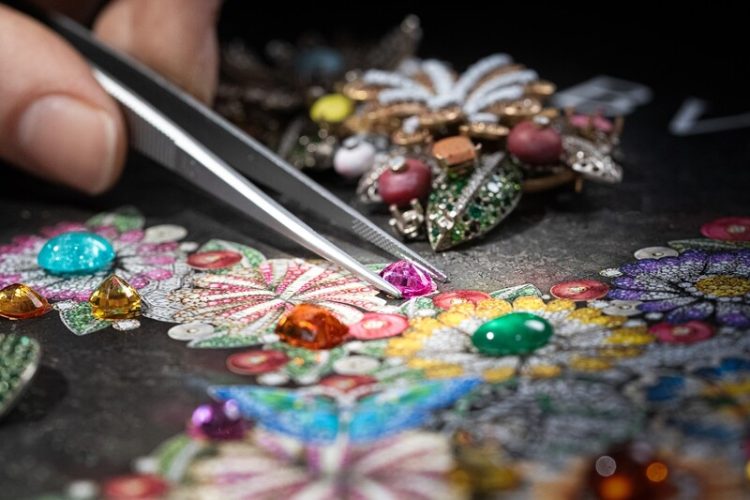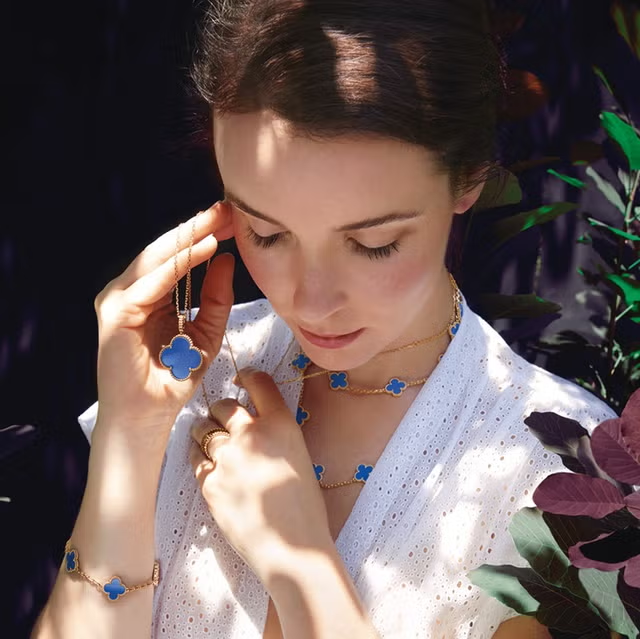The jewelry industry has long been associated with timeless designs, craftsmanship, and luxury. However, as consumer preferences shift toward individuality and uniqueness, the concept of custom jewelry has emerged as a growing trend. Custom jewelry offers clients the opportunity to create pieces that reflect their personal style, values, and experiences—offering a sense of exclusivity and self-expression. This rise in demand for bespoke jewelry raises an important question: Does this shift signify that jewelry designers will increasingly focus on catering to personalized needs? In this article, we will explore the growing demand for custom jewelry, the factors driving this change, and how it influences jewelry designers and the industry as a whole.
1. The Growing Demand for Custom Jewelry
A. The Desire for Personalization
The demand for personalized, custom-made jewelry has grown significantly in recent years. As consumers become more attuned to their own unique preferences, they seek jewelry that goes beyond mass-market pieces. Custom jewelry allows for the creation of one-of-a-kind designs that embody personal experiences, values, or even milestones, such as birthstones, engraved messages, or symbolic elements. Many people are now gravitating toward bespoke pieces because they allow them to tell a story or commemorate a special moment in their lives.
The rise of custom jewelry also correlates with a broader cultural shift toward individuality and self-expression. In an age where personal branding and identity are paramount, consumers are turning to jewelry to make a statement that is uniquely theirs. As a result, more and more people are requesting jewelry pieces that are customized to reflect their lifestyle, heritage, or personal tastes.
B. The Role of Social Media and Influencers
Social media platforms like Instagram, Pinterest, and TikTok have accelerated the growth of custom jewelry demand. With influencers and celebrities showcasing their personalized jewelry collections, there is a visible trend towards one-of-a-kind pieces. Platforms like these have made custom jewelry more accessible to a broader audience, showcasing the diversity of designs and options available.
Social media also helps to promote the idea of personalization as a trend. Jewelry designers are now increasingly aware of the role these platforms play in influencing consumer behavior, and many are responding by offering tailored designs and interactive design experiences that allow customers to create unique pieces. The desire for a distinctive identity, combined with social media’s power to shape trends, plays a crucial role in the rising demand for custom jewelry.
2. How Custom Jewelry Is Shaping Designers’ Approach
A. A Shift in Design Philosophy
With the increasing demand for personalized jewelry, designers are adapting their approach to meet the needs of today’s consumers. Traditionally, jewelry designers would create collections based on their artistic vision and showcase them in a seasonal or thematic context. However, as consumers increasingly seek personalized experiences, designers are finding that they must evolve their creative processes to accommodate custom designs.
Rather than merely offering ready-made pieces, designers are now putting greater emphasis on collaboration with clients. This involves listening to their desires, understanding their personal stories, and integrating their preferences into the design. Consultations and design workshops have become essential elements of the custom jewelry process, allowing clients to have more input and be actively involved in the creation of their pieces.
The shift toward bespoke designs means that designers must balance their creative visions with the individual preferences of their clients. They must not only have strong technical skills but also be able to translate a client’s ideas and desires into something tangible, beautiful, and lasting.
B. Increased Emphasis on Craftsmanship and Detail
Custom jewelry inherently requires a high level of craftsmanship and attention to detail, as each piece must be tailored to the individual client’s specifications. For many designers, this has meant revisiting traditional techniques while incorporating modern technologies to create intricate, personalized designs.
Some designers are turning to tools like CAD (Computer-Aided Design) software and 3D printing to streamline the design process and create highly detailed prototypes before final production. While these technologies facilitate greater precision and flexibility, they also require a significant level of expertise to ensure the final product meets the high expectations that come with custom pieces.
Additionally, gemstone selection and metalworking techniques are often carefully tailored to each design, with some designers even sourcing unique gemstones or sustainable materials to reflect the personal values or preferences of their clients. The effort to create a truly unique piece makes custom jewelry a more labor-intensive and specialized form of design, which requires designers to invest more time and resources into each project.
C. Integration of Technology and Personalization
Technology has played a huge role in making custom jewelry more accessible and personalized. Many designers now offer online platforms where clients can create virtual prototypes of their designs by selecting different metals, stones, and settings. The ability to visualize a design before committing to it provides customers with a sense of confidence and ensures that the piece meets their expectations.
For example, some brands use Augmented Reality (AR) tools that allow clients to try on virtual pieces of jewelry before purchasing. This not only enhances the customer experience but also ensures that the jewelry fits the client’s aesthetic and functional needs. Technology’s role in making jewelry more personalized has made the process of ordering custom pieces easier, faster, and more precise.
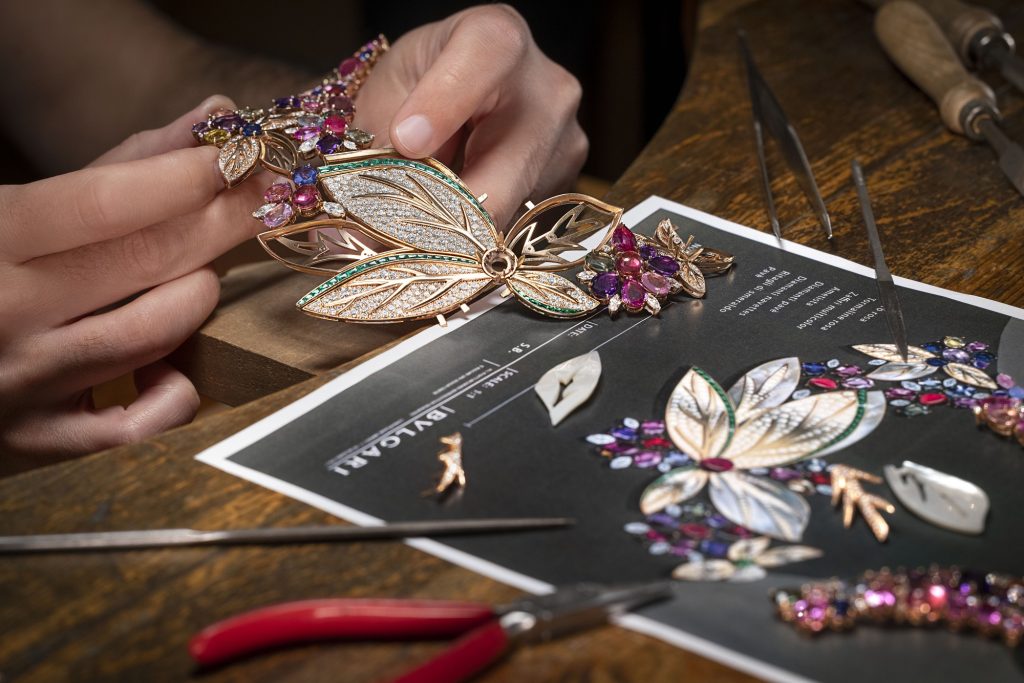
3. How Custom Jewelry Reflects Changing Consumer Values
A. The Desire for Sustainability
One of the key motivations for many consumers opting for custom jewelry is the growing focus on sustainability. As environmental concerns rise, more buyers are turning away from mass-produced, mass-market jewelry and seeking options that reflect their values. Custom jewelry offers an opportunity to create pieces that use ethically sourced gemstones, recycled metals, or even lab-grown diamonds, providing consumers with a guilt-free luxury experience.
Jewelry designers are increasingly mindful of sustainable practices in their work, whether by ensuring responsible sourcing or offering clients the chance to repurpose old jewelry into new designs. This focus on sustainability aligns with the desires of modern consumers, who are not only looking for beauty but also seeking to make ethical and environmentally conscious choices.
B. The Shift Toward Meaningful Purchases
Custom jewelry often holds deep emotional significance for the buyer. Whether the piece commemorates a special life event, such as a wedding, birth of a child, or anniversary, the personalization of the jewelry elevates its emotional value. In today’s consumer culture, where fast fashion and mass production are increasingly scrutinized, there is a growing desire for purchases that carry deeper personal meaning.
For designers, this shift in consumer values means that their work is not only about aesthetics and craftsmanship, but also about creating pieces that are part of their clients’ personal narratives. Bespoke jewelry becomes a symbol of identity, a connection to the past, or a tribute to significant life experiences.
4. The Challenges of Custom Jewelry Design
A. Meeting Diverse Client Expectations
While the rise of custom jewelry presents exciting opportunities for designers, it also brings challenges. One of the main hurdles is managing client expectations. Because each piece is personalized, designers must navigate the complexity of translating abstract ideas or conflicting visions into tangible designs that are not only visually appealing but also structurally sound and wearable.
Communication and collaboration between the designer and the client are critical to the success of custom projects. A strong relationship and thorough consultation process are necessary to ensure that the final design aligns with the client’s vision while still adhering to the designer’s artistic integrity.
B. Balancing Cost and Creativity
Custom jewelry is often a more expensive option than mass-produced pieces, due to the amount of time, expertise, and resources required. As demand for personalized jewelry grows, designers must balance creativity with cost-efficiency. Offering custom designs at accessible price points while maintaining high standards of craftsmanship and quality can be a challenge, especially when using rare or high-quality materials.
Many designers choose to offer a range of pricing options based on the materials, level of customization, and complexity of the design. However, this balance can be difficult to achieve, particularly as custom pieces often require bespoke labor and one-on-one time with clients, which can increase costs.
5. Conclusion: The Future of Custom Jewelry
The rise of custom jewelry signifies a profound shift in the jewelry industry, as consumers demand more personalized, meaningful, and sustainable pieces. Modern jewelry designers are increasingly focusing on catering to these personalized needs, adapting their design philosophies and embracing innovative tools and technologies to bring clients’ unique visions to life.
As custom jewelry becomes more popular, it is likely that designers will continue to push the boundaries of personalization, offering increasingly tailored experiences that reflect individual preferences, values, and stories. While challenges remain, particularly in managing client expectations and balancing creativity with cost, the future of custom jewelry seems bright, with a growing number of consumers eager to embrace bespoke designs that speak to their unique identities and life experiences. For designers, this shift toward personalized jewelry is an opportunity to redefine the concept of luxury, making it more about individuality, creativity, and sustainability than ever before.



